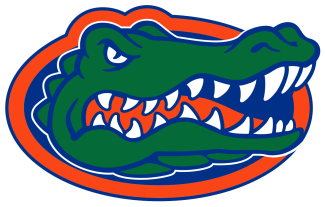The research team, led by Dr. Dan Herman, formerly at the University of Florida and now a member of the faculty at UC Davis, as well as Dr. Shane Caswell and Dr. Andrew Lincoln, both members of the USA Lacrosse Sports Science & Safety Committee, also noted that other factors (officiating, coaching, player skill development, body control, neck strength) could influence the relationship between wearing headgear and the incidence of concussion.
“We are thankful to Dr. Herman and his colleagues for this work as it provides important sport and gender specific data on head injuries and the efficacy of the headgear that meets F3137,” said Caitlin Kelley, women’s lacrosse director at USA Lacrosse. “It is great to see the effectiveness of the equipment and we look forward to working with various sport science and safety groups, rulemaking bodies, and other leaders in our game to best understand how this data should impact policy moving forward.”
The ASTM standard (F3137) for women’s lacrosse headgear was approved in 2015, and several smaller previous studies have provided some measure of the impact of headgear use. USA Lacrosse helped lead the development of the standard, but receives no financial benefit from the use of women’s headgear or any other protective equipment.
“The evidence from this novel study highlights the risk mitigation benefits of wearing headgear in girls’ high school lacrosse,” said Jason Vescovi, PhD, director of USA Lacrosse’s Center for Sports Science. “Future research will need to examine other levels of play along with influencing factors noted by the researchers to establish a comprehensive view of headgear use across the developmental spectrum for women’s lacrosse.”
USA Lacrosse has long advocated that protective equipment, including headgear for both men's and women's players, is just one component of a holistic approach to game safety and head injuries. Education, the use of age-appropriate rules, sport-specific training for coaches, and the use of certified game official are also critical factors.
Herman, Caswell, Lincoln and two other authors of the research results – Heather Vincent and Patricia Kelshaw – will provide a fuller explanation of their study and findings during the 2021 USA Lacrosse Sports Medicine Symposium on October 13. Registration for that virtual event is open to all.
A preprint of the study is available via medRxiv. The researchers have also submitted a manuscript for publication to the British Journal of Sports Medicine.


























































